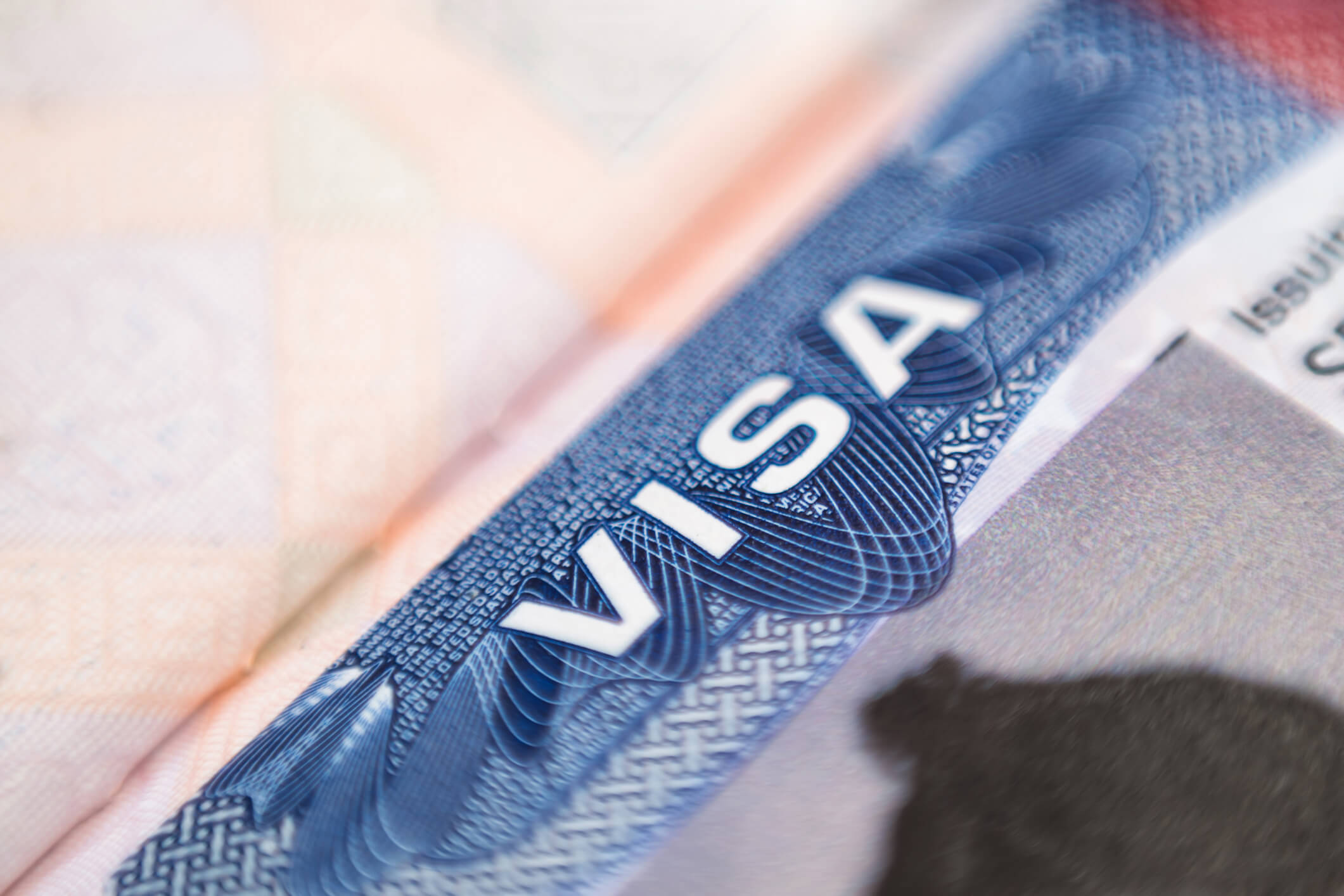Demand for H-1B visa petitions increased slightly, but continued to be relatively light as compared to recent years. As of June 18, U.S. Citizenship and Immigration Services (USCIS) reported that it has received approximately 22,900 H-1B petitions counting toward the annual 65,000 “cap” (see www.uscis.gov/h-1b_count). This means approximately 4,000 petitions have been filed over the past four weeks. USCIS also has received 9,700 petitions for individuals with advanced degrees counting toward the 20,000 advanced U.S. degree or “Master’s Cap.” Thousands of H-1B visas thus remain available under the Fiscal Year 2011 (FY 2011) quota. Persons currently employed as F-1 students or J-1 trainees and persons outside of the United States commonly require new, cap-subject H-1Bs. Each year on April 1, USCIS begins accepting new H-1B petitions to be counted against the annual H-1B quota for the next government fiscal year which begins on October 1.
H-1B Cap Update: Still Plenty Available
Browse More Insights

Practice Group
Employment Law
Ogletree Deakins’ employment lawyers are experienced in all aspects of employment law, from day-to-day advice to complex employment litigation.

Practice Group
Immigration
Ogletree Deakins has one of the largest business immigration practices in the United States and provides a wide range of legal services for employers seeking temporary business visas and permanent residence on behalf of foreign national employees.


